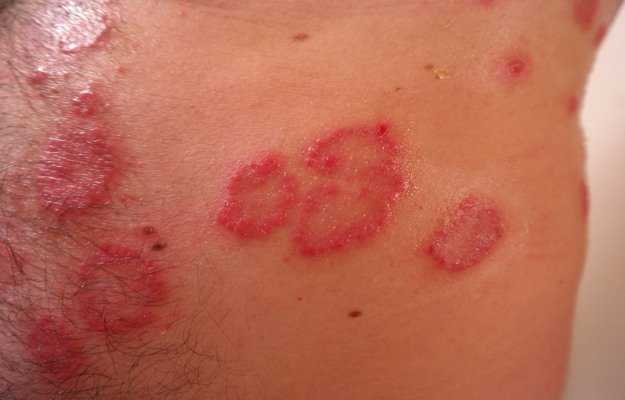What is lichen planus?
Lichen planus (LP) is a skin disease that leads to long-term inflammation. The condition is characterised by the appearance of reddish-purple spots or lesions that are both shiny and itchy. The condition may affect the oral cavity with white and grey spots on the lips and/or mouth.
LP is an extremely rare autoimmune disease that may involve the genital area, scalp, nails, eyes and even the oesophagus. Slowly, it may impact the appearance of the affected area.
The condition is quite similar to the growth of lichen on trees and rocks. These lesions are flat-topped and scaly. This is the reason why it may be passed off as a fungal growth if not diagnosed properly. The condition is allocated a specific title in response to the region affected:
- Cutaneous LP – skin
- Oral LP – mouth and lips
- Penile or vulvar LP – genital area
- Lichen planopilaris – scalp
- Otic LP – ears
In its extreme form, the condition is termed as ‘erosive lichen planus’, as it lasts for a long time. As a result, ulcers develop in the mouth and genital region, affecting activities of daily life. If left untreated, it may cause cancer cells to develop.
What are its main signs and symptoms?
LP has the following major symptoms:
- Shiny, purple-red spots on the arms, legs or body
- White patches or blotches on the gums, cheeks or tongue
- Ulcers in the mouth
- Burning and stinging sensation in the mouth during meals
- Bald patches on the scalp
- Sore patches on the vulva or penis
- Thinning or rough nails
- Peeling on the gums
- In rare instances, blisters may erupt
Depending upon the region affected, the symptoms may vary. These include:
- Scaly and warty lesions on the lower legs
- Spots along a healing skin injury
- Skin atrophy
- Absence of sweat
- Hyperpigmentation or hypopigmentation
Despite all the above issues, the condition is curable and is non-communicable in nature.
What are its main causes?
The cause of LP is not very clearly understood, however, autoimmunity is the underlying reason. It is thought that exposure to drugs, allergens, infectious agents or an injury may impact the immune system and cause it to attack skin cells leading to lichen planus. As a result, the skin ends up getting blotchy. In some instances, the genetic history of the patient also confirms the susceptibility to the condition.
How is it diagnosed and treated?
Diagnosis of the condition can be done by a qualified medical professional by physical examination of the skin and mucous membranes. A skin biopsy can be used to rule out similar conditions that may impact the disease management. Along with the above, test for hepatitis virus infection may need to be done.
Likewise, the identification and treatment of underlying allergies may also be initiated.
The treatment options for the condition include:
- LP gets self-cured in response to the natural immunity within a period of 6-9 months.
- Creams and lotions may be advised by the treating doctor to control symptoms.
- Steroids or phototherapy can be also used to gain control over the spread of the condition.
- In case of oral LP, mouthwash, rinses and gels may offer relief from soreness.
- For erosive LP, systemic corticosteroid therapy is initiated to offer relief.
- As a last resort, immunosuppressive medications may be tried, like mycophenolate, azathioprine and methotrexate, among others.

 OTC Medicines for Lichen Planus
OTC Medicines for Lichen Planus















